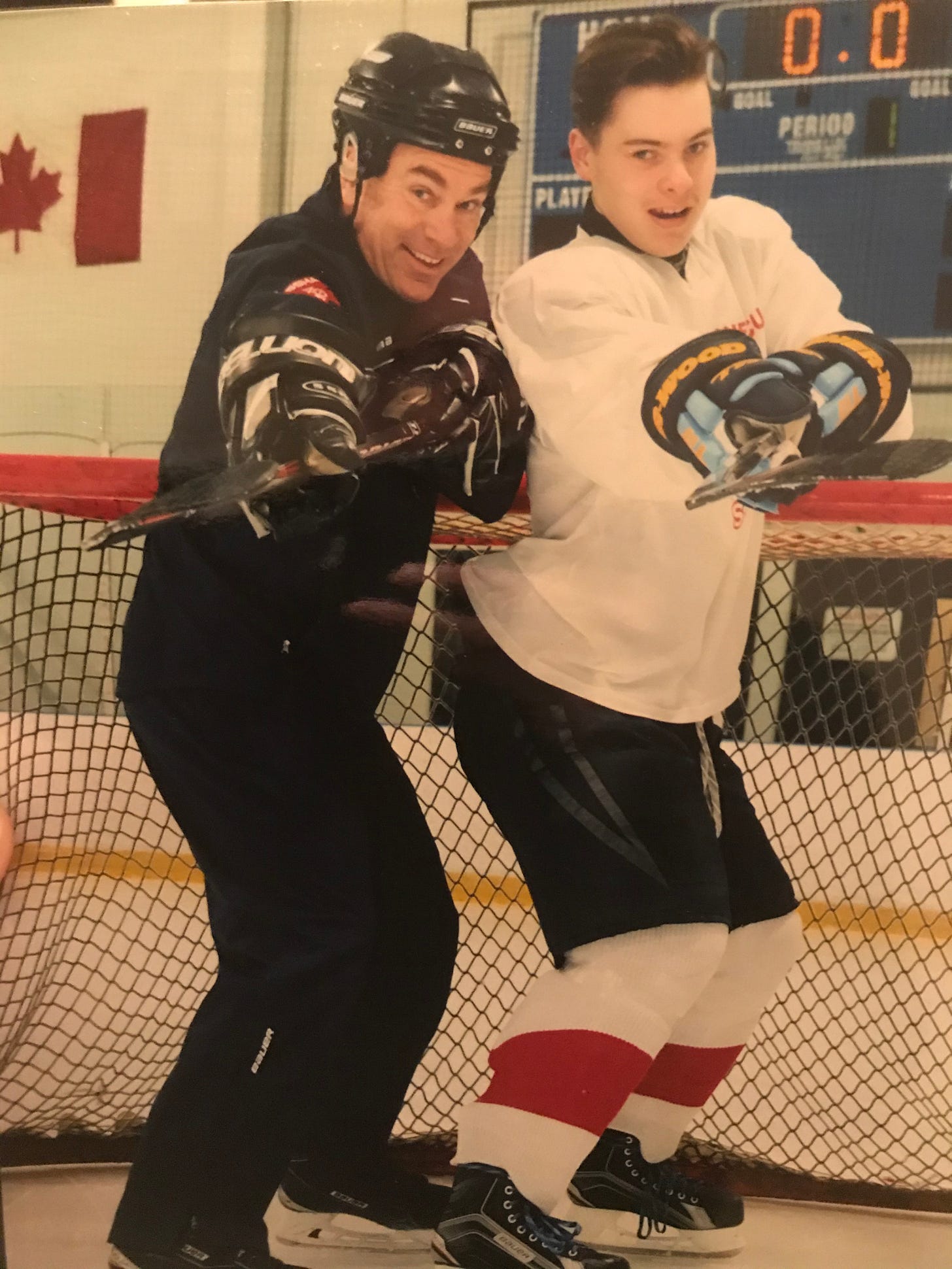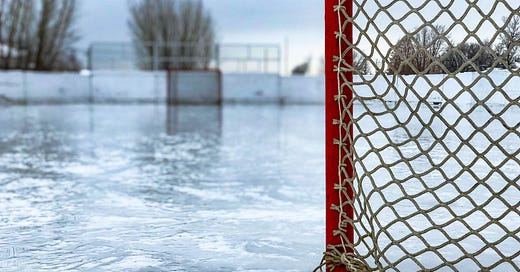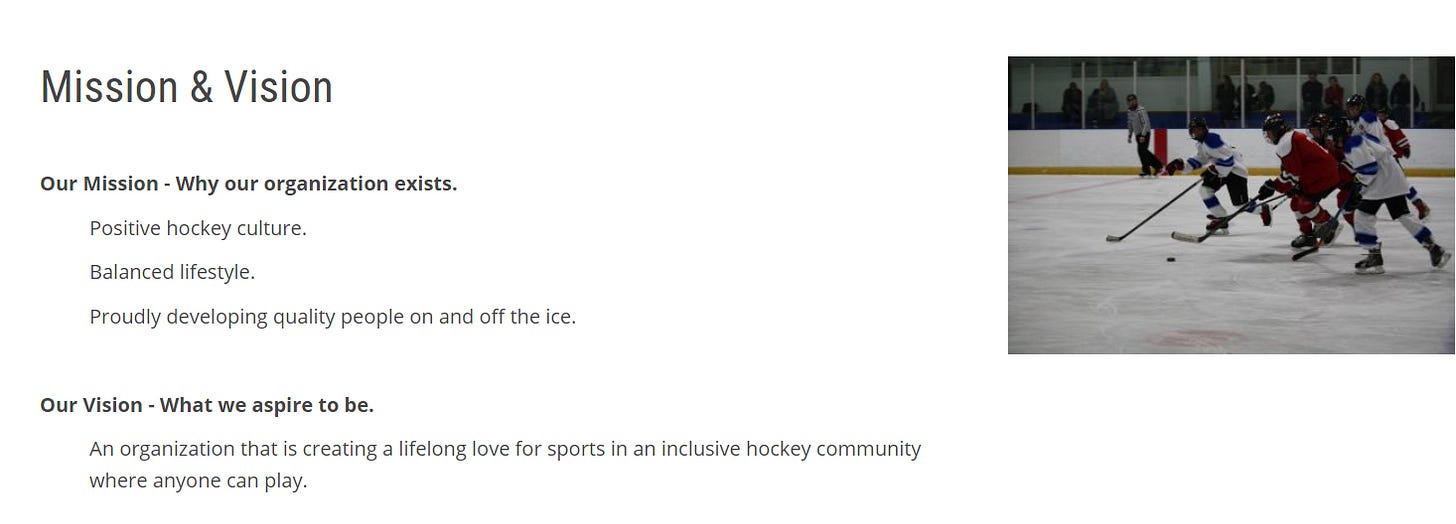Meet Stanley Stick Hockey Association: A Template for Positive Culture, Lifelong Love of Sports & Inclusion.
Since 1975, SSHA has been the standard in supporting fun, inclusion and now represents a model as solution to declining participation in youth sport.
As communities here in Canada look to re-open and youth sports have started to resume, the inevitable concern is participation rate post COVD-19. As youth sports were already struggling with declining participation rates prior to the pandemic, the issue is of greater concern after.
A recent study says thousands of Canadian girls are not committed to playing sports post-COVID, and this highlights a worst case scenario. This above finds that up to 350 000 girls will miss out on the benefits of sport by not resuming participation. That is 1 in 4 who were participating now claiming to have no plans to return.
The implications are far ranging, not only with these girls missing out on the benefits but the effect it has long term on their health and wellbeing.

Said Canadian Women & Sport CEO Allison Sandmeyer-Graves:
"The risk of that is that snowball effect, because as girls drop out, the girls still playing, they see their friends leaving. And then they have fewer girls to play with and fewer opportunities for competition. And so it really starts to diminish the quality of their experience and makes it more likely that they'll leave sport as well."
Further, and most impactful were the comments received back from girls and families in the survey talking about the impact not playing sports had on their physical and mental health.
"Most girls on my basketball team are really depressed. Some failed school courses. Lots have eating disorders," one 17-year-old said in the survey of more than 5,000 families.
Girls aged six-12 reported missing friends as the top impact of not being involved in sport due to COVID. Teens aged 13-18 said their physical and mental health was impacted most.
"I feel I don't like my body the way it looks now, and I feel lazy stuck at home without physical activities and social connection," a 16-year-old said as documented in the above article.
That begs the question of HOW to keep and attract young girls and boys to sport. One solution is to have organizations in the community offer a very clear message that they exist in order to be inclusive, have a positive culture, promote a balanced lifestyle and develop a lifelong love of sports.
We don’t have look very far to find many organizations run in exact opposite to the above values, where the culture is toxic, who’s objectives are not transparent, be overly sport specific, require a massive financial and time commitment and be quite exclusive.
In Guelph, Ontario, Canada the Stanley Stick Hockey Association exemplifies the positive values above. In fact, they are very clear in the SSHA vision and mission statement on their priorities and goals.
SSHA has been in existence for 45 years, established in 1975. When my son wanted to start playing ice hockey almost 10 years ago when he was, the options for him to play were limited. Although he had played many sports up until that point, he had not spent much time on ice. As a child, learning to play ice hockey at 11 years old is considered a “late start”. He needed an environment where he could learn, and have fun without the pressure of tryouts or winning at all costs.
Friends tipped me off to Stanley Stick and for the next 6 years, he developed his skills, had some fun, made some friends, played some games (which he loved). Most importantly he added a skill that would allow him to enjoy recreational hockey for a lifetime.
The format of the organization was quite simple. 2 hours of ice time once per week on Sunday morning for approx. 20 weeks starting in October. Each Sunday had one hour of practice and 1 hour games. The kids loved it. The coaches were positive and each team had 2-3 of them. After the first year of observing, I volunteered to coach and it became one of my most memorable experiences in youth sports.
The highlight of the experience was the culture. Positive through and through at all levels. I found the organization fascinating and became curious on how it had developed to provide this finished product.
Currently approximately 450 boys and girls are registered for Stanley Stick. The youngest participating in learn to skate before being placed on a team for their weekly practice and play.
SSHA does develop coaches as well, by providing resources for their education, as many volunteers do not much coaching experience. The resources were not just guides on skill development, but also very clear on policies and procedures as well coaches code of conduct that support deliverables on SSHA objectives.
SSHA is run by a board of directors, which is in itself not that unusual for a minor youth sport organization. What is a little unusual is that the board and all leaders are 100% volunteer. There is no remuneration at any level for any official. When digging deeper, the financial operation of SSHA is very transparent.
Only 4 people have signing authority on fund release and approval for example, and no one particular person has full authority for financial decisions. The organization is set up as a corporate entity, with financial reporting following standard corporate accounting practices. They have a constitution as well as the board of directors, with a quarterly review of financials and monthly board meetings that are open to all interested through most of the year. Most recent AGM is posted on their website here.
This level of transparency is somewhat unusual in youth sports organizations. The focus through and through is on providing positive opportunities to play at SSHA while living their core values.
Winning and Competition
Growing up in standard youth sports organizations, winning was instilled early on as the standard by which all are measured. While my coaching career has never focused on winning as the be all end all, it has certainly been front and center as a measuring stick by most parents and organizations. What I learned at Stanley Stick is that if we delivering on the stated objectives, then winning needs to go on the back burner.
Notice, I did not say competition. There are games with referees and all normal rules. The competition came mostly within the game. Battles for possession of the puck and to prevent goals and maximize offensive opportunities. Teaching individual skills at the younger ages gave way to teaching team strategies and cooperation through a competitive environment at the older ages.
The business structure of the organization, its transparency and the promotion of SSHA core values on everything they touched created an environment where my son , and many other boys and girls flourished.
To this day, I believe that he and hundreds of others would not have had the same opportunity to learn, and develop a love of the sport without SSHA.
Just prior to the pandemic, at 19 years old, Jamie was out keeping up on the ice with our old guys and loving it. He is skilled, strong and keeps the old guys on his feet with his hands. He often pots 2-3 goals while playing with men more than 2x his age. The smile on his face says it all. For his dad, to have the opportunity to laugh with my son and play the game I grew up loving is probably the best sporting experience I have had.

POST Pandemic:
There is much that has changed obviously since March 2020 when the world first experienced the impact of COVID-19. When it comes to the health and well being of our youngest generations sports have an important role to play.
The good news is organizations like Stanley Stick have been running for years with values and objectives that highlight the truly positive in sport.
Even better is that opportunities seem to be popping up for young people that are non-traditional while focusing on the very same objectives of SSHA.
Here are 2 examples from different parts fo the country.
1. In Prince Edward Island, there is girls/womens flag football opportunity.
2. In Calgary, a group is focusing on skateboard opportunities for those who want to learn.
SSHA and these 2 examples give us hope.
They give us a template for transformation of our youth sports opportunities so we can address the issue of low levels of participation.
There is very little in our world that is more important than the health and wellbeing of our young people.







